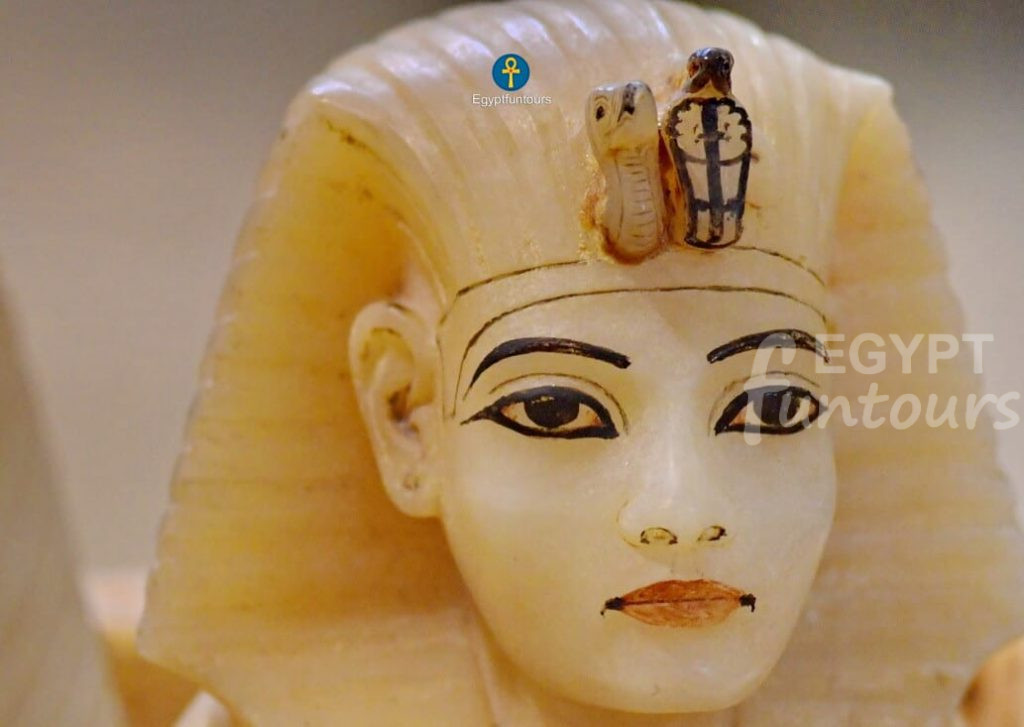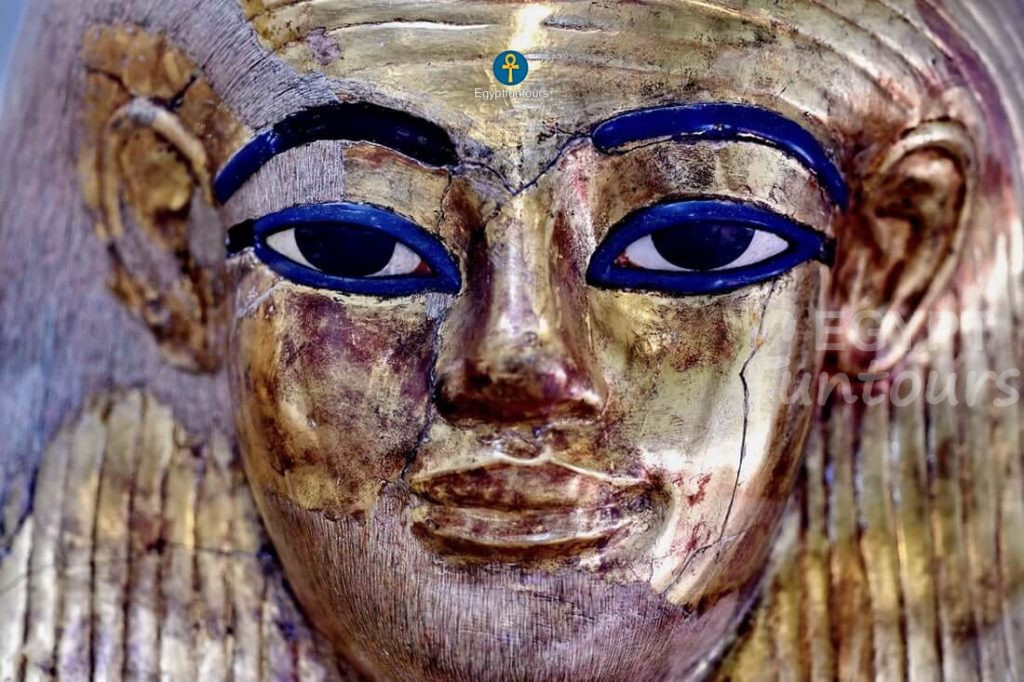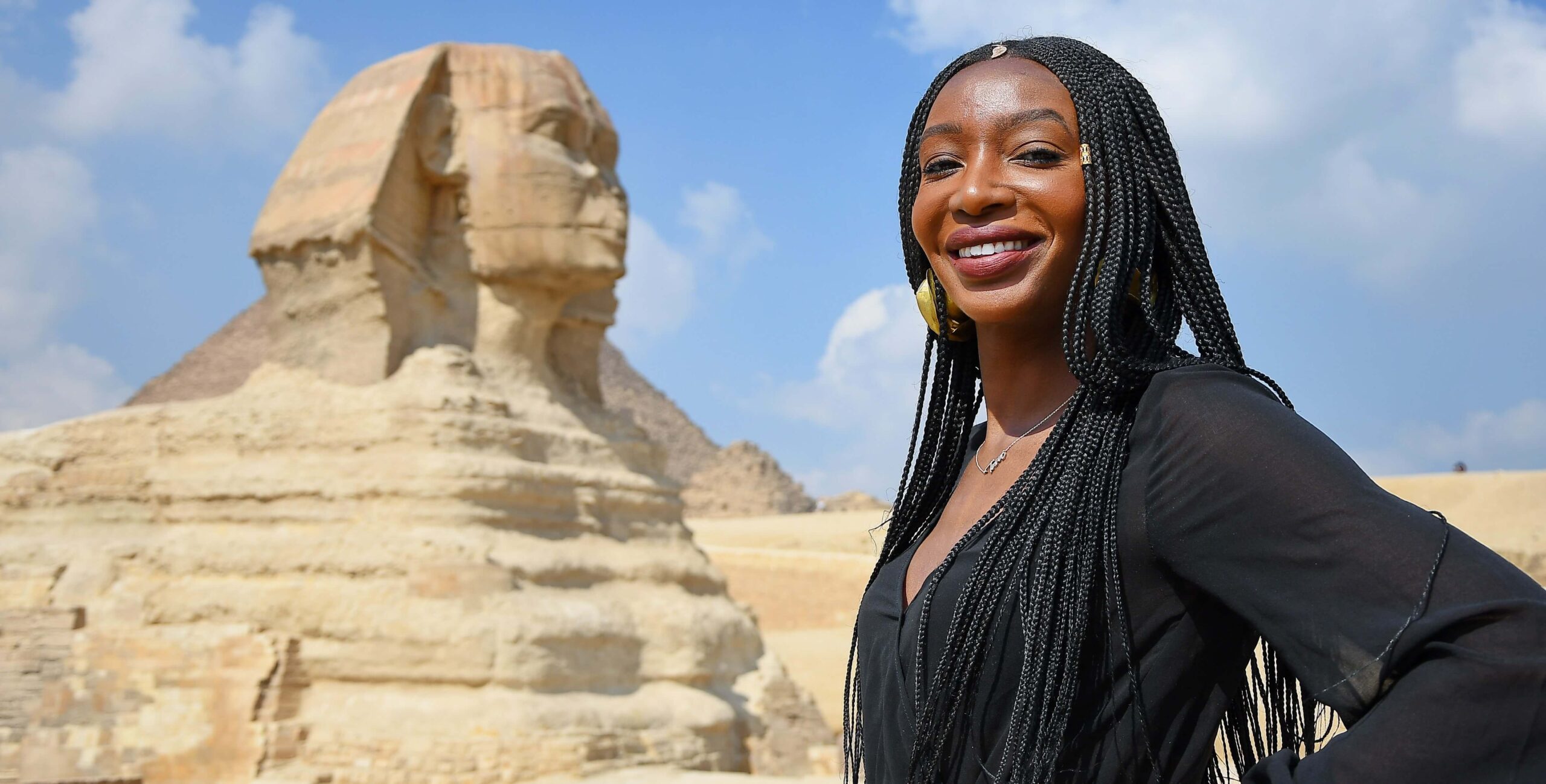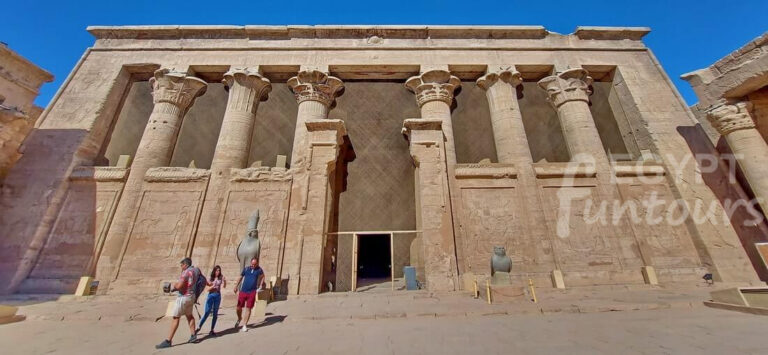The Egyptian Museum of Antiquities
The Egyptian Museum of Antiquities, located in Cairo, Egypt, is a world-renowned institution. It houses the largest collection of Egyptian antiquities globally. Established in 1901, the museum stands as an impressive building. It exhibits over 120,000 artifacts, representing various historical periods of ancient Egypt.
The museum features numerous galleries, offering visitors a glimpse into ancient Egyptian life and culture. On the ground floor, an impressive collection of statues, sarcophagi, and papyri awaits. The first floor holds the Royal Mummies Room, displaying mummies of ancient Egyptian Pharaohs. The museum’s collection includes a wide range of artifacts, from everyday household items to priceless treasures belonging to influential figures in ancient Egyptian history.
One of the museum’s most famous exhibits is Tutankhamun’s treasure, which includes his iconic gold burial mask. Other notable exhibits include the Narmer Palette and the Akhenaten Gallery. Most of the Egyptian Jewelry Gallery’s pieces have now moved to the new Grand Egyptian Museum. The museum also houses fascinating papyri dating back to the Old Kingdom, as well as captivating tomb artifacts from the Valley of the Kings.
Beyond its collection, the Department of Antiquities operated a saleroom in the museum from 1902, where they sold original ancient Egyptian artworks and other artifacts. The museum also features a garden adjacent to the main building, dedicated to famous Egyptologists worldwide. It serves as a memorial to their significant contributions to the study of ancient Egypt.
Despite facing issues like insufficient space and conservation needs, the museum remains a critical institution. It preserves ancient Egyptian history and presents it to the world. Its impressive collection of artifacts and rare pieces makes it one of the world’s top museums and a favorite for tourists visiting Egypt.
The Grand Egyptian Museum (GEM)
Egypt is currently constructing a new Egyptian Museum at Giza, known as the Grand Egyptian Museum (GEM). While it has experienced a soft opening and special preview tours, it is not yet fully open to the public. However, when it officially opens, it will house over 100,000 objects, making it one of the largest museums in the world. The GEM will be a world-class institution, featuring interactive exhibits, immersive experiences, and cutting-edge technology that will help bring the stories of ancient Egypt to life.
History of the Egyptian Antiquities Museum
The museum first stood in Bulaq. Later, it moved to the Giza Palace of Khedive Ismael. The Cairo museum, now in Tahrir Square, officially opened in 1901. It houses the antiquities that Mariette Pacha, a French Egyptologist later titled the father of Egyptology, collected.

The museum accommodates more than a hundred thousand ancient pieces, all displayed in historical order. It is divided into two stories; on the ground floor, visitors can see the antiquities from:
- The Predynastic period
- The Old Kingdom
- The Middle Kingdom
- The New Kingdom

While on the upper floor visitors can see antiquities from:
- Tutankhamen’s tomb (Most of its content is now moved to the GEM)
- Coffins and mummies from the new kingdom and the late period
- The Royal Mummies Room (Moved to the National Museum of Egyptian Civilization)
- The animal mummy room
- The contents of Yuya and Thuya’s tomb























